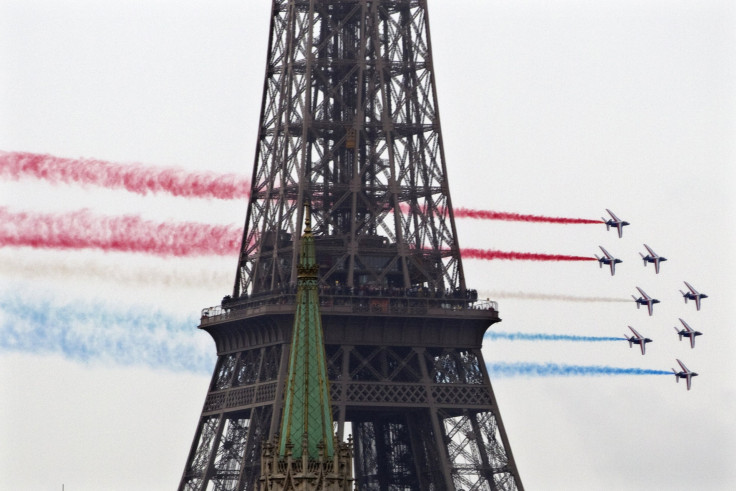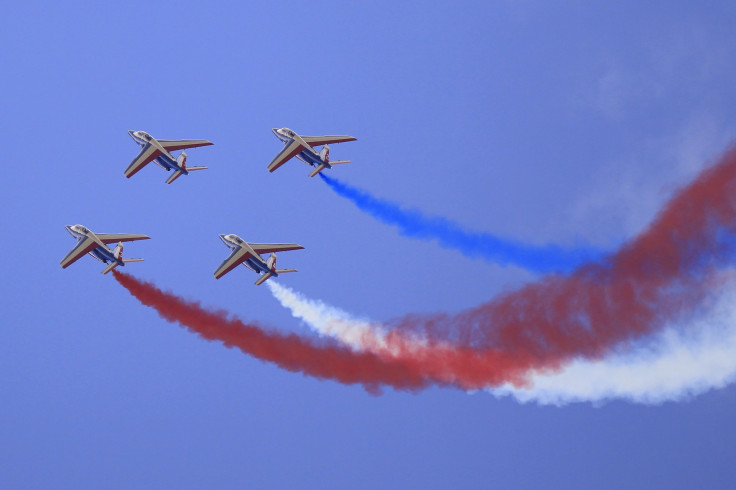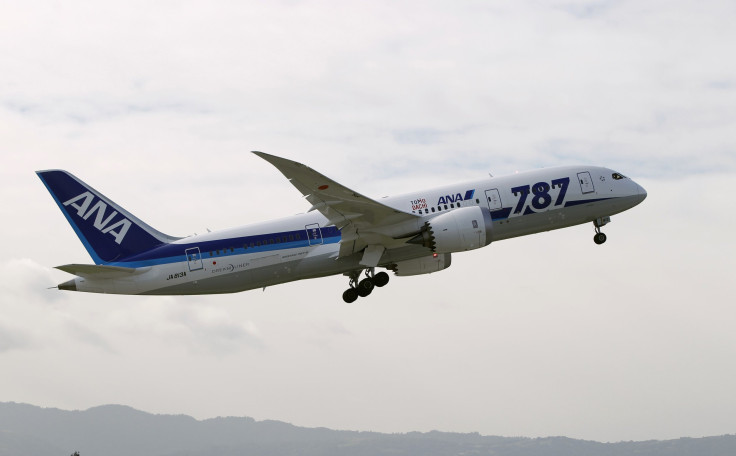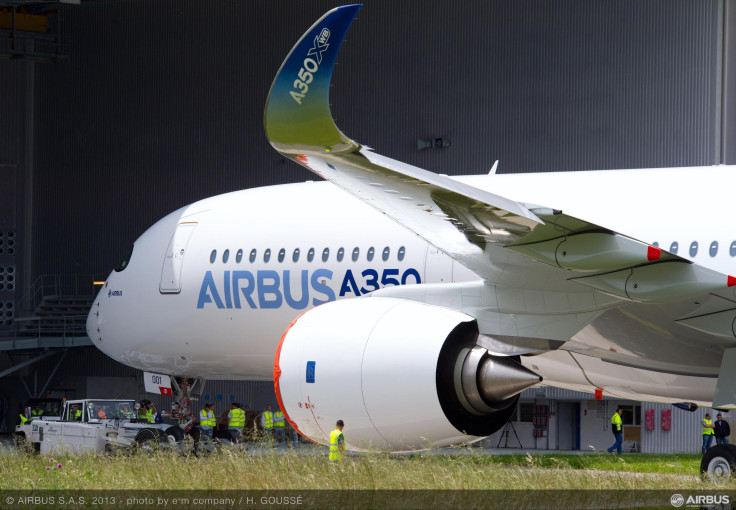Paris Air Show 2013: Boeing, Airbus To Compete For Wide-Body Jet Orders (787, 777, A350 XWB)


The 2013 Paris Air Show -- the 50th since the biennial event started in 1909 – will see the leading players of the global aviation industry fly in to showcase their wares at Le Bourget from June 17-23. The battle between European planemaker Airbus, a unit of EADS NV (EPA:EAD), and U.S. rival The Boeing Company (NYSE:BA) for supremacy in the lucrative market for long-haul jets is set to dominate the upcoming Paris event.
Airbus and Boeing compete for the lion's share of a jet market estimated at $100 billion a year. At the last Paris show two years ago, Airbus moved ahead of Boeing on orders with the launch of its narrow-body A320. Chicago-based Boeing recovered last year when it announced a new version of its venerable 737, but the European group still accounts for four out of five planes sold.
With fuel cost up about 55 percent since 2006 and airlines flying against considerable economic headwinds, International Air Transport Association, the industry's trade body, said interest in larger fuel-efficient planes is on the rise.
These aircraft, which can carry between 210 and 500 passengers, offer planemakers the biggest profit margins. Come next week, all eyes will be on two next-generation long-haul planes -- Airbus' A350 and Boeing's 787 Dreamliner.

Both planes make extensive use of lighter composite materials -- 53 percent for the A350 and 50 percent for the Dreamliner -- that help reduce fuel consumption and pollution. Fuel bills make up about one-third of the airline industry's costs.
Boeing wants to use the week-long event to maintain its dominance on the long-haul market that started in 1969 with the huge popularity of its 747 jumbo jet.
The U.S. aviation giant is promoting the 787 with the appearance of two Dreamliners at next week's Paris Air Show, signaling confidence after the Federal Aviation Administration grounded the aircraft for four months, which ended May 20, due to the danger of battery fires. The twinjet aircraft are the world’s first airliners built largely of composite materials. One of the 787s will perform daily flying displays Monday through Friday, while the second one, a Qatar Airways Dreamliner, will be on static display.
In addition to showing the 787, Boeing is also expected to launch its 787-10, a stretched 787, and to announce commitments for the 777X. Boeing Chief Executive Jim McNerney said last month at an investor conference that customer interest in the 777X wide-body airplane is "high and still growing," and that the aircraft program will probably be formally launched later this year. McNerney also said the 787-9X, a stretch version of the 787 Dreamliner, remains on track for its first flight this year.
Boeing’s new models, the 787-10X Dreamliner stretch (can accommodate up to 330 passengers) and the 777X, still require board approval. Boeing may commit to building the 787-10X in Paris after Singapore Airlines Ltd. (SGX:C6L) agreed conditionally on June 4 to buy 30 of these planes starting in 2018.
While Boeing is busy preparing for the big event next week, Airbus seems to have already stolen the show by announcing the much-anticipated maiden flight of its latest wide-body, the A350XWB, which is positioned between Boeing's popular 777 and the new 787.
Airbus hopes the A350XWB, its first aircraft built primarily from lightweight carbon composites instead of metal, will reduce Boeing’s decade-long lead in the market for long-haul, wide-bodied jets. Airbus argues that its A350 will consume 6 percent less fuel than the Boeing’s 787 and 25 percent less than the 777. The A350 will come in three variants — the 800, 900 and 1000. It will carry between 250 and 350 people. The largest, the A350-1000, will be able to fly 350 passengers 8,400 nautical miles (9,667 miles) on a tank of gas.

The first test flight of Airbus A350XWB (watch the event live here) will take place on Friday June 14 and is intended to show that the jet can enter service in late 2014, followed by a stretched version in 2017 to challenge Boeing’s 777. Its U.S. rival is asking carriers for patience until the 2020, when its 777X with new wing and engines will be ready.
The company hasn’t said if the A350 will make a surprise showing at the event from Airbus’ base in Toulouse, France, where it’s built. Growing competition from Brazil, Canada, Russia and China in the high-volume narrow-body market has prompt Boeing and Airbus to make a strategic shift toward the wide-body market. Both manufacturers understand that though volumes are lower, margins are higher.
© Copyright IBTimes 2024. All rights reserved.






















